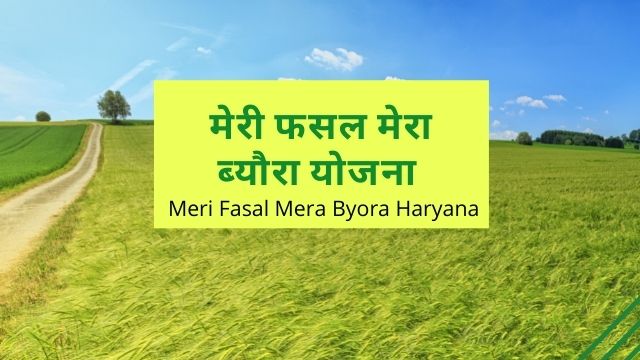Meri Fasal Mera Byora

Last date, ekharid, registration, online portal Haryana Haryana Agriculture and Farmers Welfare Department has launched the portal for Meri Fasal Mera Byora Yojana 2024 for the last time, through which farmers will be able to register their crops. This opportunity is for those farmers who have not yet registered their crops. Wheat and mustard crops […]
Mandatory GST e-invoicing for taxpayers exceeds threshold limit of INR 5 crore
The Indian government has decided to make GST e-invoicing mandatory for firms whose turnover exceeds Rs 5 cr via central tax notification number 10/2023. The GST council has recommended the GST e-invoice limit and the new rule has already been effective voluntarily from August 2023 as per the notification no. 10/2023 – Central Tax. GSTN recently issued […]
Right of Lien
Whenever you borrow a loan for buying an asset such as a car or a house, the institution from which the loan has been borrowed will place a lien on the asset. In simple terms you can say that if you buy a car on loan, the bank that you borrowed the loan from will grant a lien on […]
Uttar Pradesh Road Tax
The Uttar Pradesh Motor automobiles Taxation Act, 1997 specifies the road tax rules that must be followed by any person and organisation in the state of Uttar Pradesh that owns automobiles. The numerous facets of road tax, including its imposition, fines, tax refunds, and related laws, are thoroughly covered under this act. The Road Transport Authority […]
Kerala Caste Certificate
In Kerala, a Caste Certificate is a legal document that verifies an individual’s caste or community. It is issued by the Revenue Department of the Government of Kerala. The Caste Certificate plays a significant role in availing various government benefits, reservations, and opportunities specifically designed for different caste communities. It provides proof of one’s social […]
factory license in india
Factory License is mandatory for the factories as per the law after some strict legislation. Industrial Labour has been exploited ever since the industrial revolution has been existing. Their condition has been so miserable that it was considered indispensable to protect them. The first ever Factory Act has come in 1881. Since then the act has […]